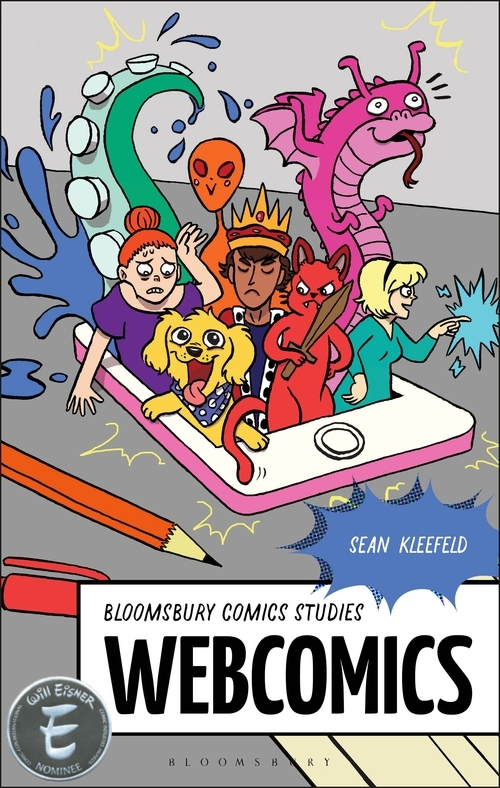Take the American flag for example...

You're probably familiar enough with it to have some understanding of what it represents. For Americans particularly, it represents an entire way of life that can't be easily summed up. It's everything in our Declaration of Independence, Constitution and Bill of Rights. It's all the goods we produce and all the services we render. It's our government and our people, as well as our cities and our towns. It boils down to everything you associate with the United States.
Here's the thing, though. It's everything YOU associate with the United States. What that actually might be is going to vary from person to person. It should come as no surprise that an Afghan national is going to have a different set of beliefs about the U.S. than someone born in Cincinnati, but that Cincinnati native is going to have a different understanding the U.S. than someone born in Louisville. Or, for that matter, even across town. Or, for that matter, next door.
Of course, those born and raised metaphorically under that banner are still probably going to be relatively close in their understanding of what that flag means. Certainly relative to those who aren't.
Here, then, is one of the interesting things about symbols. Because a simple symbol can encapsulate a large, complicated set of thoughts and ideas, it makes it easy to pair multiple symbols together to form an even more complex set of thoughts that might not be easy to verbalize. Continuing our American flag example, here are several images that use the flag as a symbol and, because they're paired with other different symbols, show how very different messages can be expressed.







All of those uses of the symbol express something different. Precisely because they're pairing one symbol (the American flag) with others (Mickey Mouse, death, the Olympics, etc.) And those messages largely work because, again, we generally have pretty similar ideas about what at least one of those symbols represents.
But let's take another symbols you're probably familiar with...

We have less of an idea about what that represents. Oh, you could simply say it represents Batman, but Batman's a fairly amorphous character.







For that matter, it doesn't even necessarily represent Batman, but the whole Bat-family... Batwoman, Batgirl, Bat-mite, Ace the Bat-Hound, etc. The point is that, though well-known, the Bat-symbol has a less precise meaning/interpretation than a number of other things.
Which means that, if you wear a shirt sporting a Batman logo, what does that say about you? That you read Batman comics? That you watch Batman cartoons? That you used to watch Adam West portray the character on a TV show and thought it was funny in its campiness?
A while back, I posted a picture of some sneakers I found...

What does wearing those say? (Besides that I have no fashion sense.) It says, effectively, nothing. DC has diluted and altered their Batman property so much over the decades that it has little meaning to the world at large.
Now, you could argue the same about the American flag. Or Ronald McDonald. Or the Ford logo. And, while they have certainly changed their meaning over the years -- as any symbol almost assuredly will -- they're all generally kept pretty contemporaneous. The Ford logo means the same thing if you see it on a pickup truck or in a TV ad or on the sidelines of a sporting event. The context only matters insomuch as its proximity to other symbols. The Bat-symbol (as well as the Superman shield and, to a lesser degree, the stylized Spider-Man spider silhouette) have enough permutations concurrently viewable that the meaning is lost.
And I'm not just talking that you can go into Best Buy and pick up the old serials on DVD. That bears enough historical context that it's honestly not too big of an issue. But Batman shows up in how many distinctly different venues in radically different ways now? There's at least two or three versions in comic book form, plus the Brave & the Bold cartoon, plus the Christian Bale movies, plus several different video games including a Lego-themed one, plus I don't know what else.
I get that DC/Time Warner want to spread him around enough to make money off several different not-entirely-overlapping populations, but I think they've spread the brand too thin. The symbol -- and indeed the character -- start to lose meaning when you try to apply several different meanings to it simultaneously.
Of course, Time Warner's making a bajillion dollars off Batman and I'm making diddly off anything, so what do I know? Maybe those different markets overlap a lot less than I would've figured, so very few people see different versions of the character. Maybe there's just enough consistency that people don't particularly care all that much. Maybe people are somehow able to reconcile all the variations in the same way they can believe irreconcilable religious and scientific ideas simultaneously.
You know, it's when I start thinking about crap like this that I really wonder why I got into marketing. My brain seems so far out of sync with the rest of the planet that I really have zero idea what motivates/interests/drives people. Maybe I should just go back to school and get a degree in sociology.






0 comments:
Post a Comment